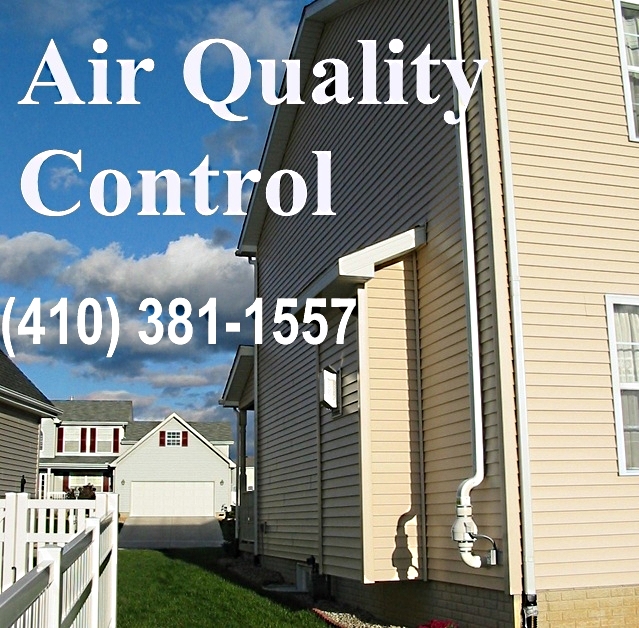


 Elevated levels of radon gas have been found in thousands of Maryland homes. The affected areas include Fallston, Belcamp, Columbia, Cumberland, Elkton, Ellicott City, Hagerstown, Clarksburg, Potomac, Owings Mills, Port Deposit, Rockville, Gambrills, Baltimore, Frederic, and surrounding Maryland communities. All homes should be tested for radon gas. For more information, call (410) 381-1557.
Elevated levels of radon gas have been found in thousands of Maryland homes. The affected areas include Fallston, Belcamp, Columbia, Cumberland, Elkton, Ellicott City, Hagerstown, Clarksburg, Potomac, Owings Mills, Port Deposit, Rockville, Gambrills, Baltimore, Frederic, and surrounding Maryland communities. All homes should be tested for radon gas. For more information, call (410) 381-1557. 

 Many homes in Maryland have elevated radon levels. Air Quality Control (410-381-1557) offers affordable solutions to fix the problem.
Many homes in Maryland have elevated radon levels. Air Quality Control (410-381-1557) offers affordable solutions to fix the problem. 